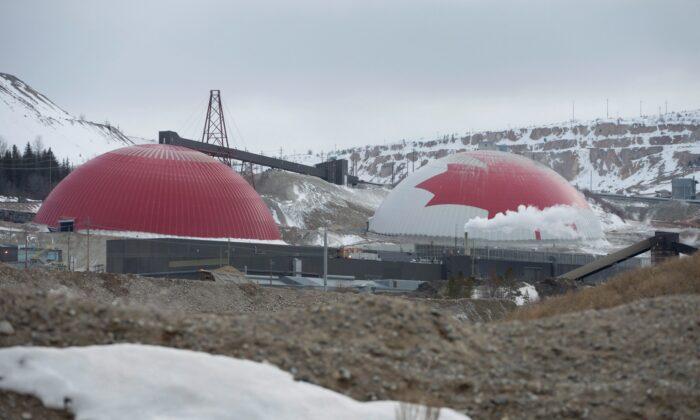Natural Resources Minister Jonathan Wilkinson announced Dec. 9 Canada’s strategy for mining and processing critical minerals. These minerals—such as lithium, copper, and nickel—are necessary for the government’s energy transition goals. They are needed in manufacturing electric car batteries, solar panels, wind turbines, and a variety of other technologies.
A central point of the strategy is to streamline the approval process for mining projects.
The ministry will also provide a concierge service for companies to guide them efficiently through the process.
“We often have proposals that come forward, and the environmental assessment folks look at it and they ask for certain kinds of data, and the company is not prepared to provide the data,” Wilkinson said. “They pause the project; it goes back out for a year to do scientific studies, [then] comes back into the process.”
Working with indigenous communities ahead of time to come to agreements on land-use will also prevent delays. “With respect to indigenous partnerships, we recognize that not only must indigenous rights be respected, but indigenous peoples and communities need to see long term benefits that flow from resource projects located in their traditional territories,” Wilkinson said. Such benefits will include skills training and employment support.
Supply Chain Independence From China
The strategy’s goal is not only to mine more of these minerals, but also to process the minerals, produce batteries, and produce finished goods such as electric vehicles.“Western countries are increasingly concerned about being dependent on a small number of non-democratic jurisdictions,” Wilkinson said.
Wilkinson referenced this move away from Chinese investment when asked by a reporter if lithium from Canada might go to China for processing.
“We have made some decisions recently, you would have seen, with respect to investments on the part of Chinese enterprises that are linked to the Chinese government. I would tell you that there is a broader review of foreign investment going on in this country.”
He said Canada will welcome investment from Australia, the U.K., the United States, and other countries “in a manner that’s actually going to promote economic opportunity for Canadians.” The plan includes collaborating with the United States to harmonize regulations and “ensure a robust North American market and value chain,” Wilkinson said.
Canada will begin with a focus on lithium, graphite, nickel, cobalt, copper, and rare earth elements. “[These] were selected based on the size of the resource available in Canada, their necessity as inputs for priority domestic supply chains, such as battery and electric vehicles, and where their potential is for Canadian economic growth,” Wilkinson said.
Backing up the strategy is $3.8 billion in federal funding allocated in Budget 2022.





